Collections |

|
The Zymoglyphic Museum has its roots in the curator's childhood museum. There were collections of shells, marine animals, rocks, stamps, and Indian artifacts. The current museum contains specialized versions of each of these. The objects in the collections are valued by their inherent aesthetics rather than scientific or "collectible" status.
For a more detailed history of the museum, see here
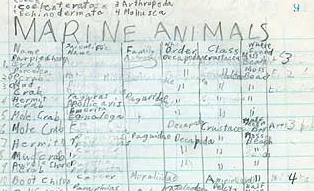
|
The original catalog for the museum (ca. 1960) lists the following collections:
|
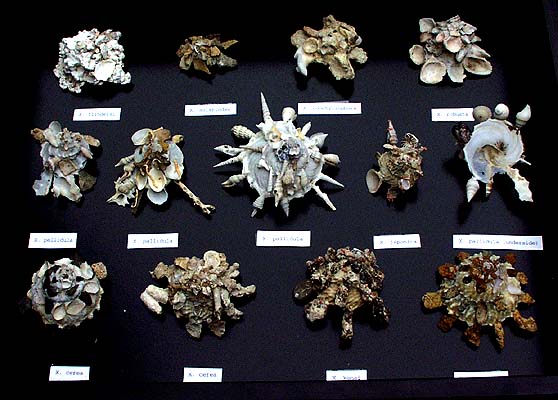 |
Xenophora
A shell collection specializing in marine snails that are themselves collectors of shells, rocks, and other debris from their environment. Popularly known as "assemblage artists of the deep" |
 |
Crab Collection
Marine animals that come in a great variety of shapes and proportions, unencumbered by gravity. They are nature's mechanical marvels. |
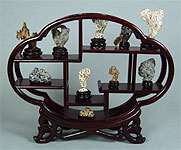 |
Miniature Viewing Stones
In the Zymoglyphic region, the true value of a stone was determined by its sculptural qualities rather than its utility, scientific status, or "collectible" monetary value. During the Era of Oriental Influence, certain stones were prized as objects of contemplation and displayed on special stands. |
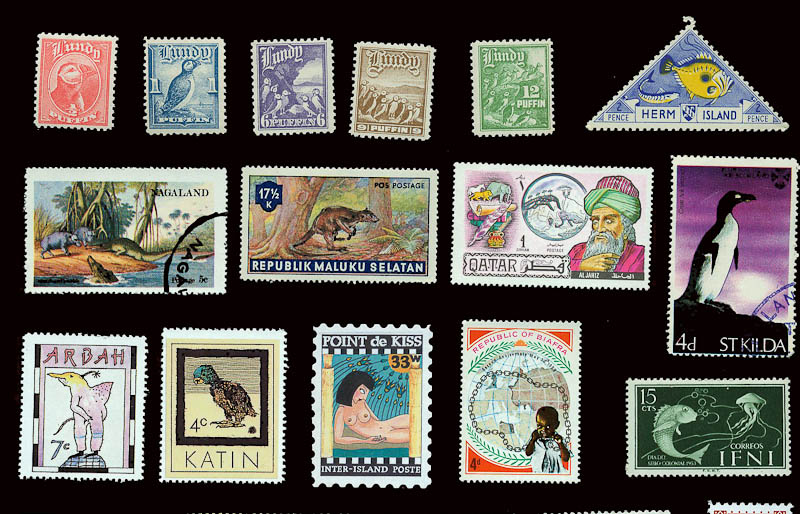 |
The Philatelic Collection
The goal for the original stamp collection was to acquire one stamp from each and every one of the 600+ official stamp-issuing entities on earth, past and present. The collcting criterion was later expanded to include local posts, breakaway republics, micronations, and entirely imaginary places |
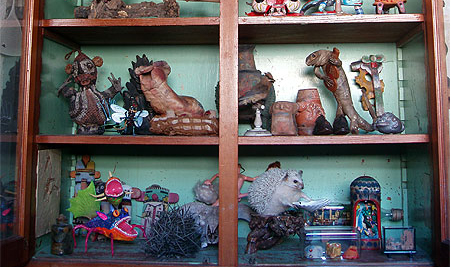 |
The Curiosity Cabinet
The curator's personal wide-ranging collection of indigenous art, folk art, antiquities and oddities of all sorts |